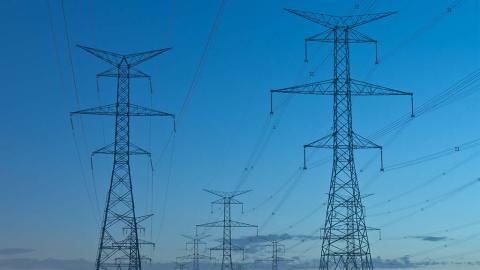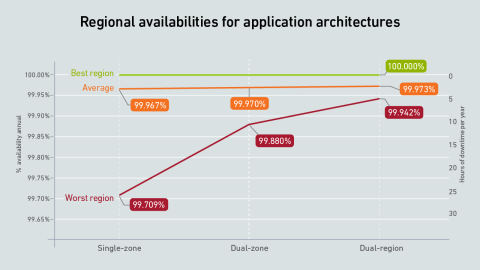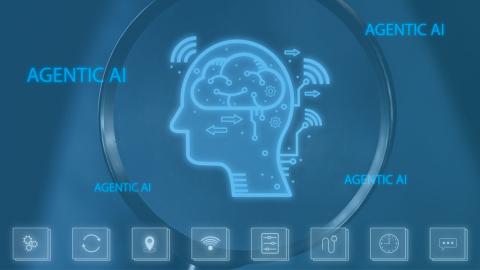Critics argue that data center water use is excessive and poorly managed. Operators should select a cooling system to fit the local climate and available water supply, explaining water use within the context of local conditions.
filters
Explore All Topics
Chinese large language model DeepSeek has shown that state of the art generative AI capability may be possible at a fraction of the cost previously thought.
High-end AI systems receive the bulk of the industry's attention, but organizations looking for the best training infrastructure implementation have choices. Getting it right, however, may take a concerted effort.
Data shows that cuts to workforce initiatives and mentorships had little effect on the proportion of new hires in 2024. Owners and operators can consider reassessing and restructuring these programs.
The high capital and operating costs of infrastructure for AI mean an outage can have a significant financial impact due to lost training hours
The US' SEC has withdrawn requirements for climate risk reporting, and the EU is revising its rules. Despite this, strong drivers remain for operators to measure their environmental impact
Scalability and cost efficiency are the top reasons enterprises migrate to the cloud, but scalability issues due to application design flaws can lead to spiralling costs - and some workload repatriation to on-premises facilities
Compared with most traditional data centers, those hosting large AI training workloads require increased attention to dynamic thermal management, including capabilities to handle sudden and substantial load variations effectively.
AI is not a uniform workload - the infrastructure requirements for a particular model depend on a multitude of factors. Systems and silicon designers envision at least three approaches to developing and delivering AI.
Understanding the principles of human behavior and how they relate to community engagement and siting strategies can reduce potential conflict between data centers and local residents
Large data centers can affect grid power quality, inviting community scrutiny. Best practices already protect power quality in facilities and grids, but operators may need to increase monitoring and publicize their efforts.
On average, cloud apps achieve availabilities of 99.97% regardless of their architecture. However, for the unlucky few that experience issues, a dual-region design has five times less downtime than one based on a single data center.
SMRs promise to usher in an era of dispatchable low-carbon energy. At present, however, their future is a blurry expanse of possibilities rather than a clear path ahead, as key questions of costs, timelines and operations remain.
Agentic AI offers enormous potential to the data center industry over the next decade. But are the benefits worth the inevitable risks?
The European Commission, with the assistance of operators, needs to correct ambiguities in the EED reporting processes. Industry solutions can improve the quality and completeness of the submitted data.
 Jay Dietrich
Jay Dietrich
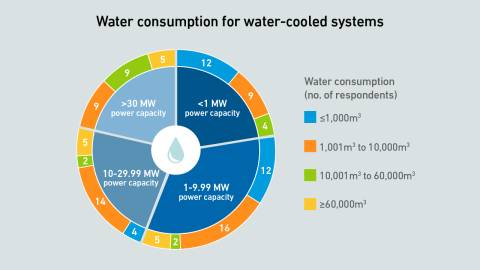
 John O'Brien
John O'Brien

 Daniel Bizo
Daniel Bizo
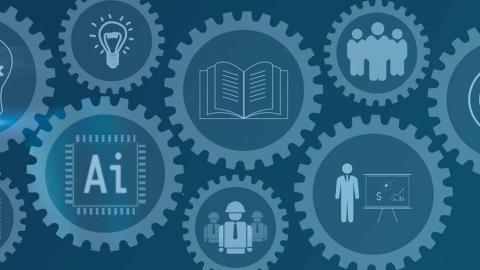
 Rose Weinschenk
Rose Weinschenk
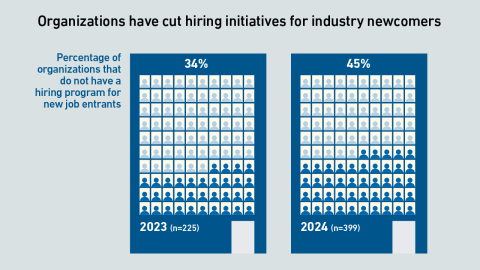
 Dr. Owen Rogers
Dr. Owen Rogers
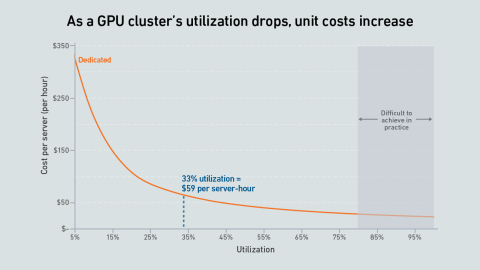
 Peter Judge
Peter Judge

 Douglas Donnellan
Douglas Donnellan

 Dr. Tomas Rahkonen
Dr. Tomas Rahkonen
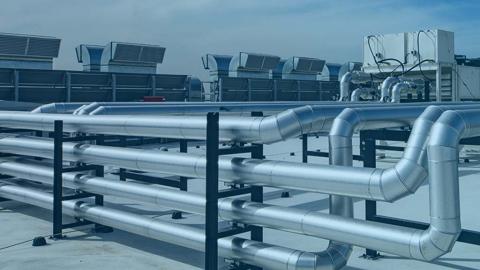
 Max Smolaks
Max Smolaks
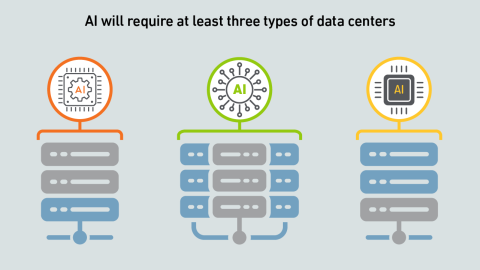
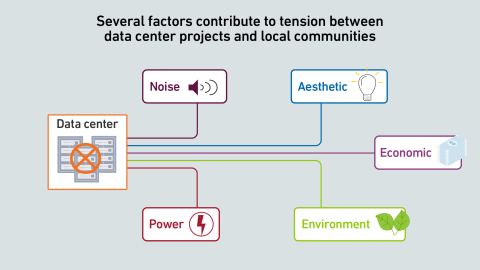
 Jacqueline Davis
Jacqueline Davis
